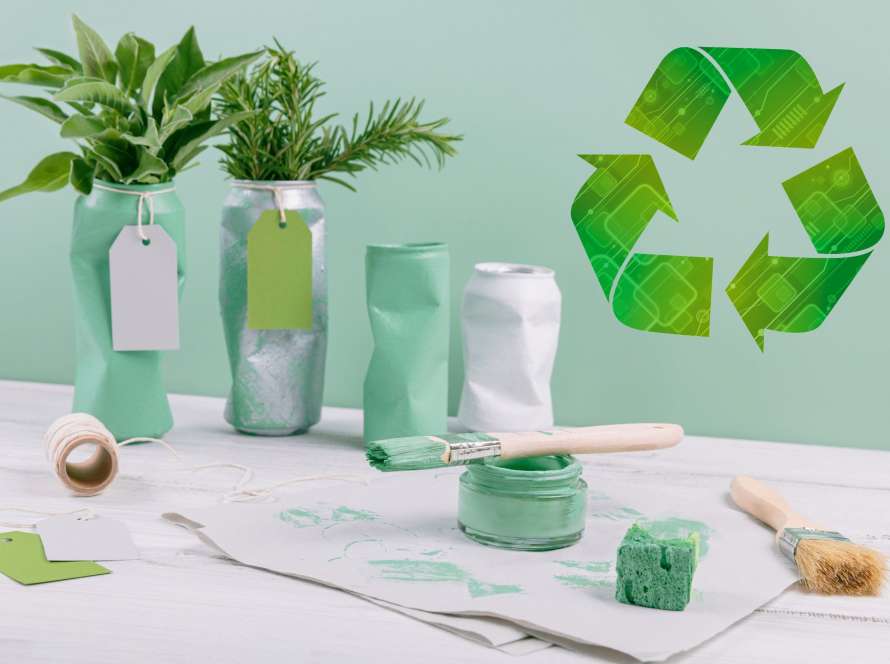Indoor plants are becoming more and more popular as people are looking for ways to add a little bit of nature into their homes. There are so many different types of indoor plants to choose from, so it can be hard to decide which ones are right for you. Here is a list of some of the most popular indoor plants to help you make your decision:
1. Snake Plants: Snake plants are perfect for people who want an easy-to-care-for plant. They are very tolerant of neglect and can go long periods of time without water. Snake plants also help to purify the air by absorbing carbon dioxide and releasing oxygen.
2. Spider Plants: Spider plants are another great option for those who want a low-maintenance plant. They are very easy to propagate and can tolerate a wide range of light levels. Spider plants also help to purify the air and are safe for pets and children.
3. Peace Lilies: Peace lilies are a beautiful option for adding some greenery to your home. They prefer shady areas and need to be watered regularly. Peace lilies also help to filter out harmful toxins from the air.
4. Orchids: Orchids are a stunning option for indoor plants, but they can be a bit more high-maintenance than some of the other options on this list. They prefer bright, indirect light and need to be watered about once a week. Orchids also need to be fertilized regularly and should be kept in a humid environment.
5. Bromeliads: Bromeliads are a tropical plant that comes in a wide variety of colors and shapes. They prefer bright, indirect light and need to be watered about once a week. Bromeliads also need to be fertilized regularly and should be kept in a humid environment.
6. Succulents: Succulents are a great option for those who want a low-maintenance plant that is still visually appealing. They come in a wide variety of shapes, sizes, and colors and only need to be watered about once a week. Succulents are also very tolerant of neglect and can go long periods of time without water.
7. Jade Plants: Jade plants are a beautiful option for indoor plants. They prefer bright, indirect light and need to be watered about once a week. Jade plants also need to be fertilized regularly and should be kept in a humid environment.
8. Ficus Trees: Ficus trees are a popular choice for indoor plants because they can grow quite large. They prefer bright, indirect light and need to be watered about once a week. Ficus trees also need to be fertilized regularly and should be kept in a humid environment.
Indoor Plants Benefits
Indoor plants are not only aesthetically pleasing, but they offer a plethora of benefits for your health. Here are some of the benefits you can enjoy by bringing indoor plants into your home:
Reduced stress levels: Studies have shown that having indoor plants can help reduce stress and anxiety. The presence of plants has been shown to lower blood pressure and heart rate, and can even help you concentrate better and feel more productive.
Improved air quality: Indoor plants help improve air quality by filtering out harmful toxins and pollutants. They also help increase humidity, which can be beneficial for people suffering from dry skin or respiratory problems.
Boosted mood: Indoor plants can help boost your mood and make you feel more positive. The act of caring for plants has been shown to improve mental well-being and can even help fight depression.
Reduced fatigue: Fatigue can be caused by many things, including stress, poor sleep, and work demands. Indoor plants have been shown to reduce both mental and physical fatigue, and can help you feel more energized and refreshed.
Improved concentration: If you’re struggling to focus on tasks, indoor plants can help. The presence of plants has been shown to improve concentration and memory, and can even help you feel more creative.
If you’re looking for a way to improve your health and wellbeing, indoor plants are a great option. Not only do they look great, but they offer a range of benefits that can make a big difference in your life.
Taking Care of Different Indoor Plants
If you’re anything like us, you love having plants in your home. They add life to any space and can help purify the air. But not all plants are created equal. Some are better suited for the great outdoors, while others prefer the stability of indoor life. And then there are those that can go either way.
No matter what type of plant you have, there are a few basic things you need to do to keep it healthy. Here are our tips for taking care of different indoor plants:
Watering
How often to water your plant will depend on the type of plant, the size of the pot, the time of year, and the humidity in your home. As a general rule of thumb, most plants need to be watered about once a week. If you’re not sure, it’s better to err on the side of too little water than too much. Overwatering is one of the most common mistakes people make when caring for plants.
Light
Just as people need sunlight to thrive, so do plants. The amount of light your plant needs will depend on the type of plant. Some plants prefer full sun, while others do better in partial shade. If you’re not sure how much light your plant needs, check the tag that came with it or do a quick Google search.
Temperature
Most plants like it on the warm side, between 65 and 75 degrees Fahrenheit. If your home is cooler than that, you may need to supplement with a grow light. And if it’s really hot where you live, make sure to place your plants in a spot that gets some relief from the direct sun.
Humidity
Some plants love humidity and others don’t. Again, it depends on the type of plant. If you’re not sure whether your plant prefers high or low humidity, check the tag that came with it or do a quick Google search.
Fertilizing
Fertilizing is important for keeping your plants healthy, but you don’t want to overdo it. Too much fertilizer can actually be harmful to your plants. Stick to a light feeding every few weeks or monthly, depending on the type of fertilizer you’re using. And always follow the directions on the packaging.
Pruning
Pruning is important for keeping your plants looking their best and encouraging new growth. How often you prune will depend on the type of plant and how fast it grows. As a general rule of thumb, most plants can be pruned once or twice a year.
Repotting
If your plant is looking cramped in its pot or has outgrown its current home, it’s time for a repotting. How often you need to repot will depend on the type of plant and how fast it grows. As a general rule of thumb, most plants need to be repotted every one to two years. When repotting, be sure to use fresh potting soil and a pot that’s just big enough to accommodate the roots (don’t go too much larger).



